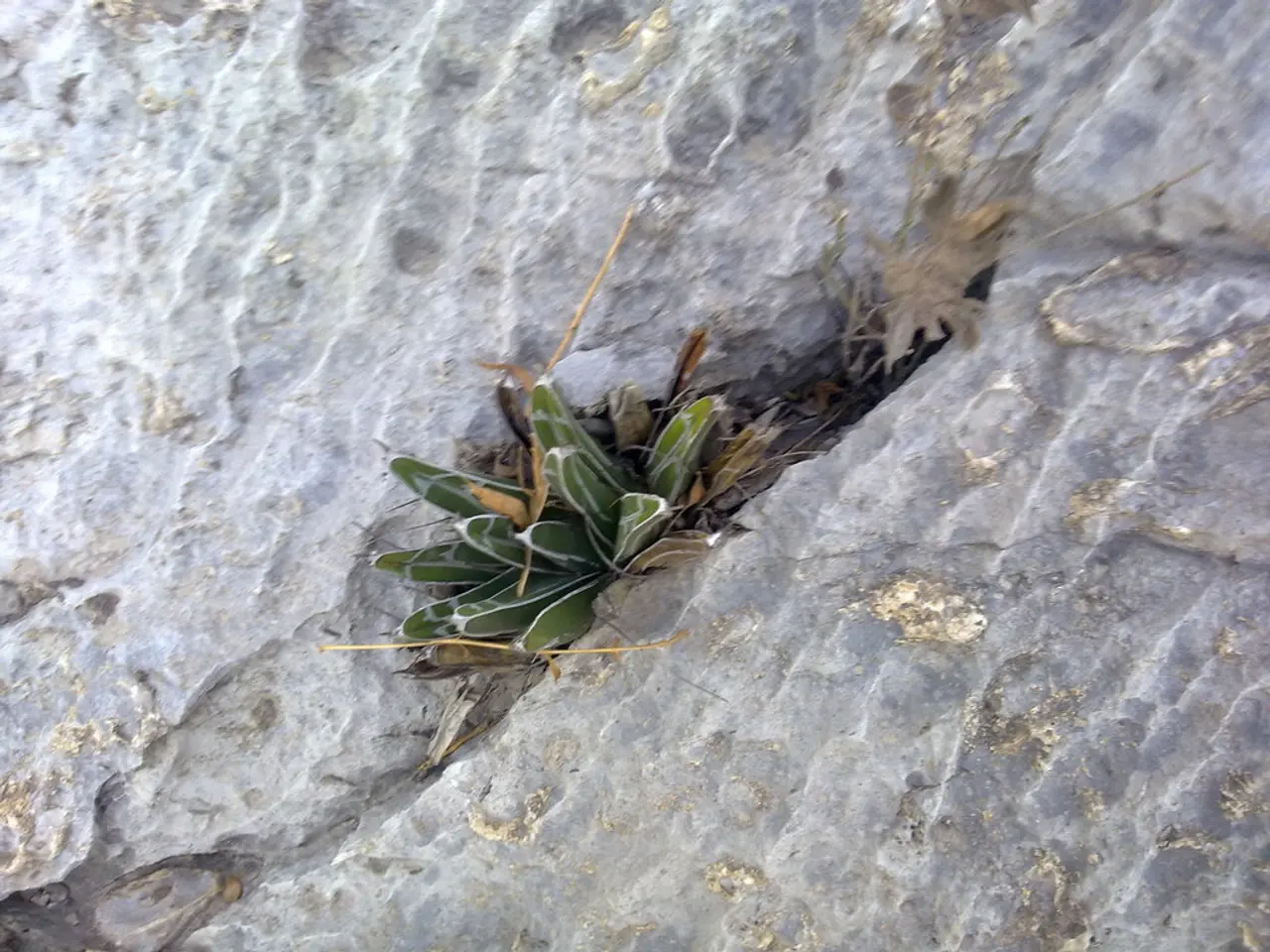Cultivate a bountiful watermelon harvest with these 7 compatible plants; beware of crops proven to hinder growth.
Crank up that summer vibe with the ultimate guide to watermelon companion planting! Growing these juicy fruits outdoors or in a greenhouse requires some TLC and the right allies by your side. Companion plants can boost your harvests, safeguard your melon plants, and even increase their resilience against pesky pests. Here are seven top picks for watermelon pals, plus a couple to avoid like the plague!
1. Garlic, onions, and chives: the pest-fighting trio
Watermelons are no strangers to garden invaders like aphids, cucumber beetles, spider mites, and more. Beat those critters with an aromatic trio: garlic, onions, and chives. Their strong stench repels numerous annoyances, and garlic even boasts antifungal properties that ward off fungal diseases like powdery mildew.
2. Dill: let the pollinators and protectors rain down!
This fragrant, feathery herb attracts the good guys - beneficial insects like ladybugs and lacewings - which will munch on aphids, cucumber beetles, and other nuisances threatening your watermelon patch. Plus, it draws in pollinators to help your blooms thrive!
3. Mint: the strong, two-faced herb
Mint's pungent scent distracts most pests while luring pollinators. Even though it might become invasive, grow it in pots around the edges of your watermelon plants to keep it contained and beneficial.
4. Marigolds: the ultimate veggie garden guardians
Plant these vibrant flowers everywhere! Marigolds deter various pests, including aphids, whiteflies, cabbage moths, squash bugs, tomato hornworms, and Mexican bean beetles. They also repel root-knot nematodes in the soil and can serve as trap plants for slugs and thrips.
5. Corn: natural shade and windbreaks
Tall-growing corn plants create wind barriers and provide essential shade for watermelons during those sweltering afternoons in hotter US hardiness zones. This protection helps prevent heat stress on your melon plants, keeping them healthy and fruits a-plenty.
6. Borage: pollinator magnet and soil enricher
This delightful blue-flowered plant attracts a multitude of pollinators and beneficial insects to your kitchen garden. It also acts as a natural deterrent for tomato hornworms and cabbage worms while adding trace minerals to the soil for increased watermelon nutrition.
7. Beans: nitrogen superstars
Legumes like beans enrich the soil with nitrogen, making it more nutrient-rich for your watermelons. This advantage gives your melon plants an edge during their one shot at success as an annual crop.
Now that we've covered your go-to gardening pals, it's time to steer clear of those who might sneakily undermine your watermelon endeavors:
- Cucurbits: family members like cucumbers, squash, zucchini, and pumpkins share similar pests with watermelons, making them unwelcome companions.
- Potatoes: these root-bound nutrient gobblers steal essential nutrients from watermelon plants and serve as hosts for melon aphids.
- Tomatoes: these garden staples may compete with watermelons for water and nutrients and can potentially shade them, causing hindrances to their growth and fruiting.
If you're strapped for space, consider pruning your watermelon plants, as it promotes larger fruits, strengthens the plants, and improves overall growth. Happy planting, and may your watermelon harvest be bountiful!
Here's a makeover of your provided text, combining the sentences containing the given words:
Gardening enthusiasts who appreciate home-and-garden lifestyle and want to beautify their outdoor areas can consider planting flowers in flower beds alongside the watermelon plants. Marigolds are a popular choice as they not only serve as natural shade and windbreaks for watermelons (maturing to tall-growing plants) but also deter many pests (aphids, whiteflies, cabbage moths, squash bugs, tomato hornworms, and Mexican bean beetles), making them both useful and attractive additions to a home-and-garden setting.








